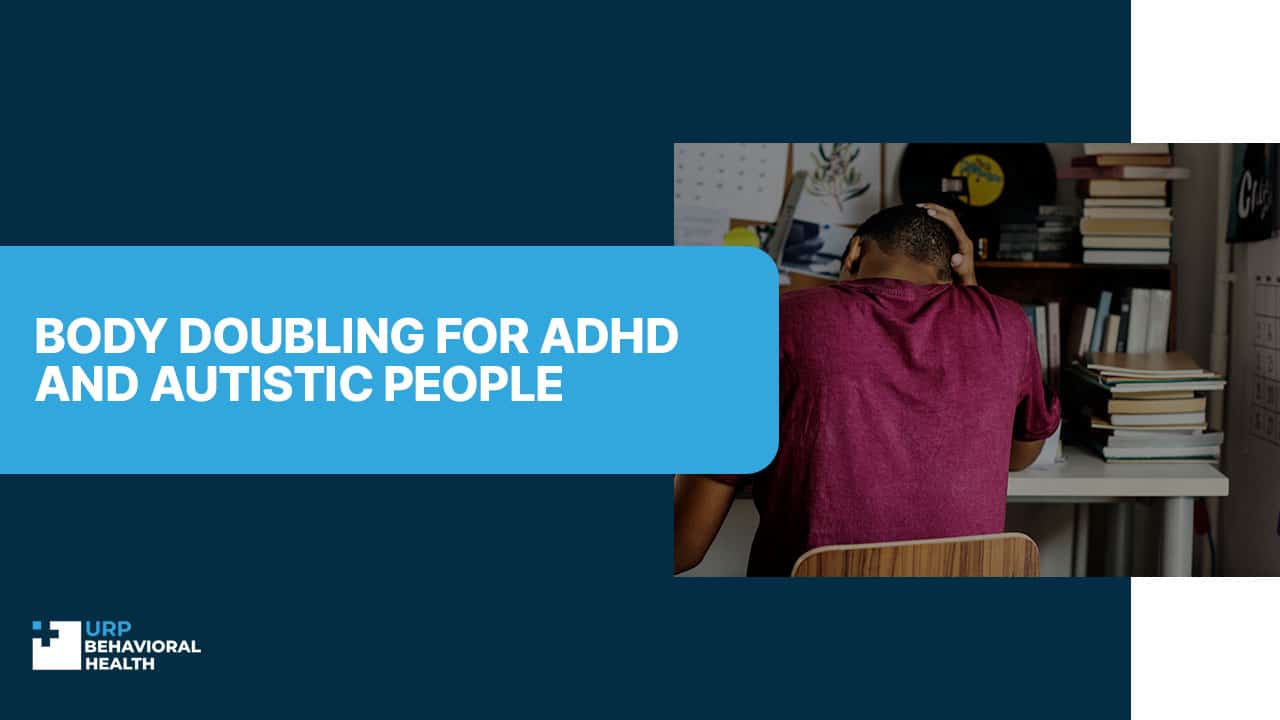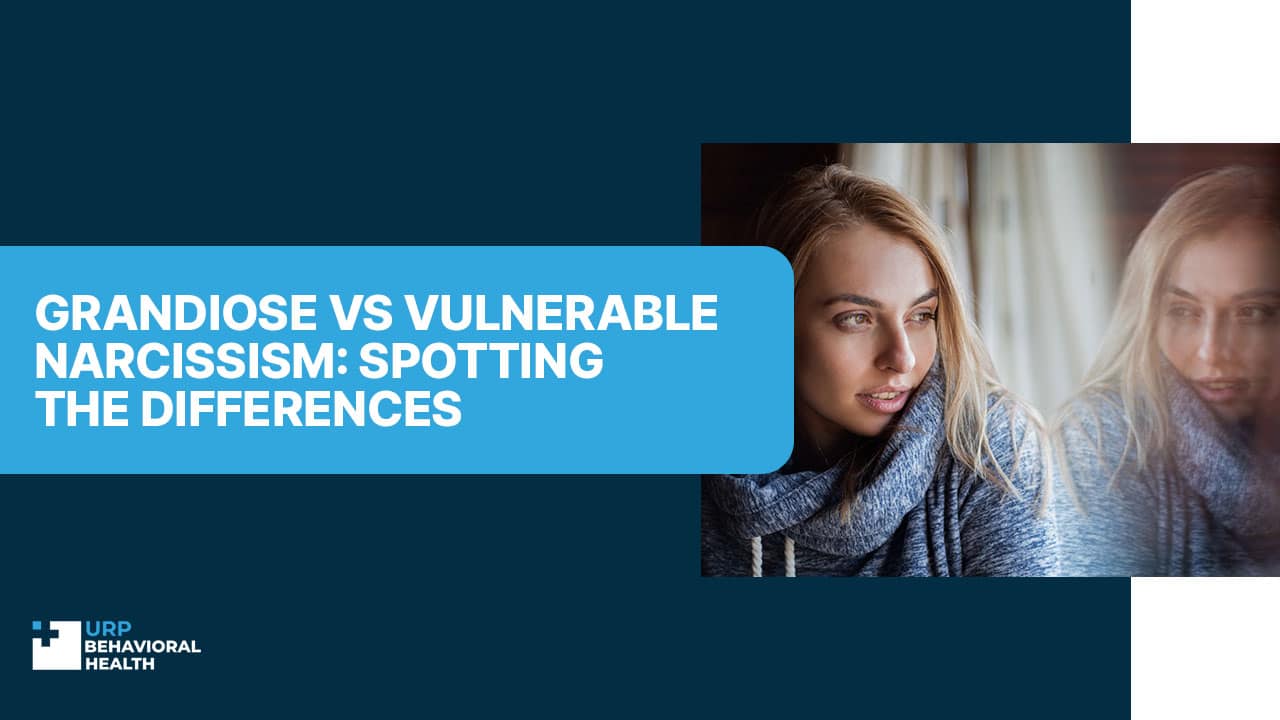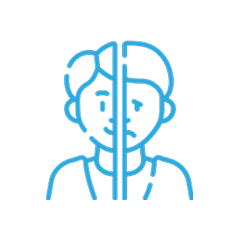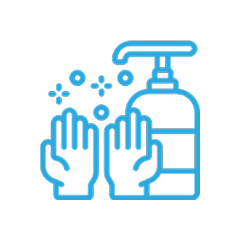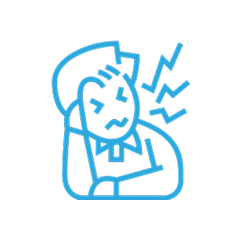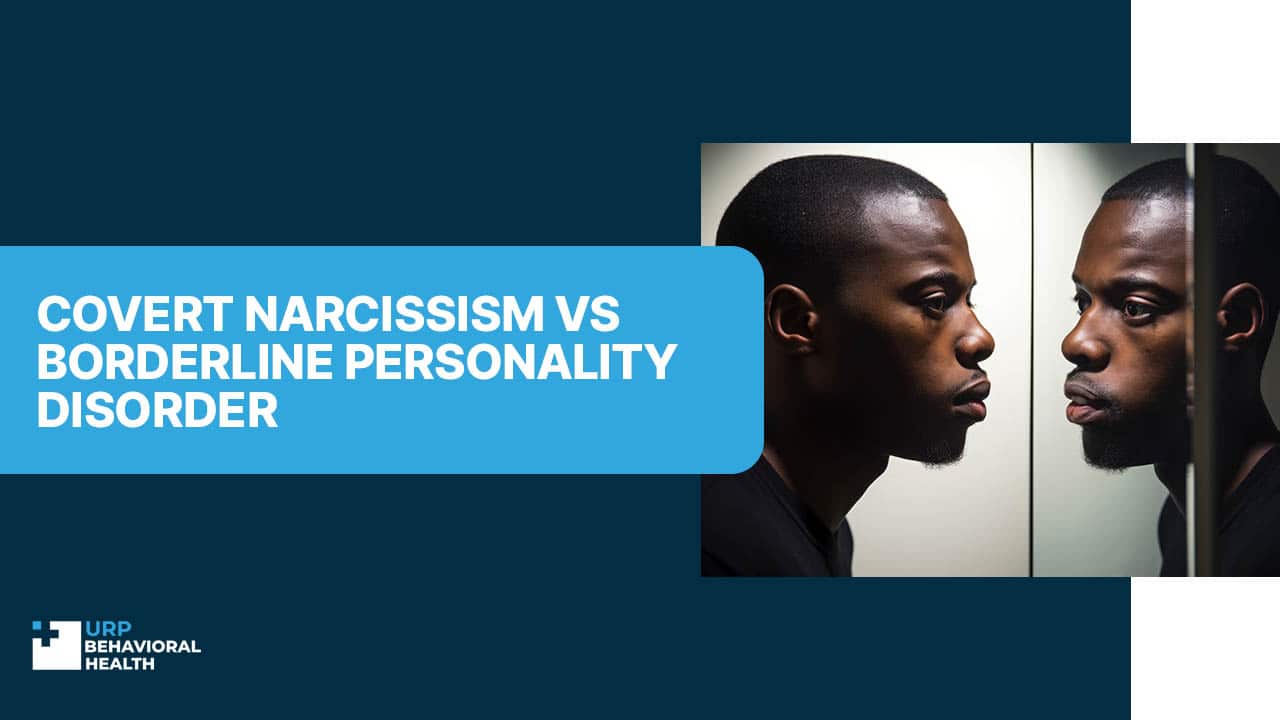
Covert Narcissism vs Borderline Personality Disorder
Dealing with a person having a mental health disorder is always challenging. Especially if this disorder is BPD or NPD. Often, other people cannot even guess that their close people have some mental issues and consider their weird or controversial behavior just a sign of bad temper.
Consequently, it is hard to understand which disorder makes your friend or loved one act the way they do, it is BPD or covert narcissism? Both these MH issues have similar symptoms, and they regularly manifest in manipulative behavior, constant blaming of others for their difficulties, and intensive mood swings. Yet, how can you understand which of these diagnoses makes your family member or friend so unbearable? Let’s compare borderline personality disorder vs covert narcissism to comprehend their similarities and differences better. Also, let’s consider if these two mental health disorders can co-occur.
What Is Covert Narcissism?
First, what is covert narcissism? It is a subtype of narcissistic personality disorder which differs considerably from grandiose narcissism, which is more investigated and more covered in the media. Unlike grandiose narcissists, covert narcissists often are shy, introverted people. They frequently feel underestimated, and they think their surroundings don’t appreciate their grandiosity. For covert NPD, the following features are characteristic:
- Hypersensitivity to criticism;
- High anxiety levels;
- Difficulties in building relationships;
- Grandiose fantasies about self-power and uniqueness;
- Manipulative behavior (especially gaslighting and victim-blaming patterns) in relationships;
- Passive-aggressive behavior;
At once, unlike grandiose NPS persons, covert narcissists can express empathy, and their behavioral patterns are induced by their hidden low self-esteem and constant concerns about how others value them. Officially, covert NPD is not signed out as a separate diagnosis in DSM-5, but it is regarded as a subtype of NPD.
What Is Borderline Personality Disorder?
When talking about a person with borderline personality disorder, we can highlight high emotions and radical mood swings as the most characteristic signs. Communicating with a BPD person is like a roller coaster ride when you cannot forecast which emotion will dominate the next minute. BPD people can be fully happy, and the next moment they fall into depression; they can love you and hate you the next day. Their emotions accelerate from one extreme to another lightning-fast. At once, typically, borderline personality disorder is about the devastating fear of being abandoned. As a result, a person with this disorder often uses manipulative behavior and passive aggression to make their partner fully at their disposal. Other signs of BPD include:
- Unstable relationships;
- Feeling of emptiness;
- Self-hurt.
At once, people with BPD have empathy, and they are often caring and protective of their loved ones, but their behavior almost suffocates their partner or family.
Reach out today and let us create a treatment plan designed around your needs.

Similarities Between BPD and Covert Narcissism: Why Do People Mistake Them?
The first and foremost similarity between covert narcissism and BPD is that both of these issues belong to personality disorders [1]. In DSM-5, they are categorized as Cluster B personality disorders, which means they often have overlapping symptoms [2]. As both these diagnoses are based on low self-esteem and uncertainty in self-identification, the result is that they have similar traits as follows:
- Being manipulative in relationships. While BPD symptoms include using manipulation to retain a partner and avoid the feeling of being abandoned, a covert narcissist uses this pattern to assert their geniality and uniqueness.
- Experiencing mood swings. In BPD, it is a cornerstone, while in hypersensitive NPD, it is just one of the symptoms based on low self-esteem.
- Troublesome relationships. This is also a similar symptom of both disorders. Narcissists can build relationships badly due to their egoism, and BPD people cannot retain their health due to high emotional amplitude and lack of coping mechanisms to control it. In BPD, the constant feeling of being alone, abandoned, and unloved is what ruins relationships, while in NPD, the feeling of being undervalued leads to similar results.
- Acting in a way that hurts others. This also happens in both NPD and BPD, but the causes also differ.
- Drug abuse risks. It was researched that, unlike grandiose NPD, both covert narcissism and BPD are risk factors for drug abuse and addictive behaviors [3].
All these symptoms make the diagnosis of these disorders difficult, and besides, the comorbidity of NPD and BPD is high enough. Up to 25% of patients with BPD can have vulnerable narcissism as a co-occurring diagnosis [4].
Differences Between Covert Narcissism and BPD
As you can see, several signs overlap in the comparison of BPD vs covert narcissism. Yet, these disorders are not similar, and the mechanisms of their development and manifestations are completely different. What differentiates covert narcissism vs BPD?
The Causes
The main causes of BPD are still unclear, but scientists highlight several of them, including:
- Genetics;
- Brain development dysfunctions (typically brain neurotransmitter imbalance);
- Childhood trauma (physical or sexual abuse, neglect, or long-term distress) [5].
Although these causes can induce covert narcissism sometimes, scientists link NPD more to behavior patterns learned from parents.
Self-Image
The difference in self-image is among the distinctive differences too. While a BPD person does not know who they are, covert narcissists look humble and shy, but their self-image is completely distinctive as they think they are special, unique, and talented.
Manipulative Behavioral Patterns
Borderline personality disorder makes a person act in a manipulative manner because they feel overwhelmed or fear being abandoned. It happens without intention. In covert narcissists, manipulative behavior is a planned strategy.
Empathy
While a person with BPD may seem careless and lacking empathy, typically, they feel the pain of other people, but their own emotional storm can make them forget about others’ feelings. Covert narcissists often express empathy, but they truly do not feel it and use caring behavior to achieve their goals and look kind in others’ eyes.
We’ll help you understand your options and guide you toward care.
Overlapping Traits and Misdiagnosis
For both BPD and NPD, there are overlapping traits that can lead to misdiagnosis. Yet today, mental healthcare providers often use the term ‘narcissistic traits’ in BPD diagnostics [6]. The difficulty in diagnostics is also related to low levels of application for mental health care in covert narcissists. At once, researchers found vulnerable narcissism to be closer to BPD than grandiose narcissism, and this disorder is more dysfunctional for a patient’s life quality, making it closer to BPD than to grandiose NPD.
Treatment
The treatment for BPD and NPD varies. First, the focus of the therapy differs.
- For BPD, the core idea is to help patients cope with their emotions and learn how to calm down.
- For covert narcissism, the focus is to learn how to behave harmlessly and how to understand where manipulative behaviors come from to change them.
That’s why, for covert narcissism treatment, a combo of psychotherapy and medication management works well. While using psychotherapy and modified psychoanalytic techniques helps NPD patients to rebuild their self-esteem and understand behavioral failures, medication use is aimed at reducing co-occurring mental health issues like depression and anxiety.
In BPD, treatment is based on such types of therapy as DBT, CBT, schema-focused therapy, talk therapy, and mindfulness practices to help cope with emotional lability. Drug administration can also be added to reduce symptoms of depression, anxiety, aggression, and impulsiveness.
In some cases, treatment methods for both diagnoses can overlap, but the effectiveness of treatment fully depends on the core symptoms, their severity, and the mental health peculiarities of a patient, thus, the therapy plan for each case should be custom-tailored.
Conclusion
It is frequently hard to understand if it is BPD or covert narcissism, even for a licensed and experienced therapist. While these two disorders need different approaches in their treatment, they have similar traits and quite a high risk of co-occurrence in one person. If you suppose that you or your loved one has BPD or covert narcissism, the best plan is to visit a special diagnostics and treatment center. In URP Behavioral Health, we develop efficient treatment plans for both diagnoses and provide precise diagnostics of NPD and BPD. We consider multiple factors and offer custom rehab plans to help people with narcissism and borderline personality disorder cope with their emotions and feelings to live their lives happily and build healthy relationships with other people.
Contact our admissions team now to begin your path toward a brighter future.

Resources:
- https://doi.org/10.1192/bjp.2018.202
- https://www.psychologytoday.com/us/basics/cluster-b#:~:text=There%20are%20four%20personality%20disorders,disorder%2C%20and%20narcissistic%20personality%20disorder.
- https://pubmed.ncbi.nlm.nih.gov/20549145/
- https://www.borderlinepersonalitydisorder.org/bpd-and-comorbidity/#:~:text=Among%20other%20disorders%2C%20narcissistic%20personality,25%25%20co%2Doccurrence%20rate.
- https://www.nhs.uk/mental-health/conditions/borderline-personality-disorder/causes/
- https://pubmed.ncbi.nlm.nih.gov/29466803/


